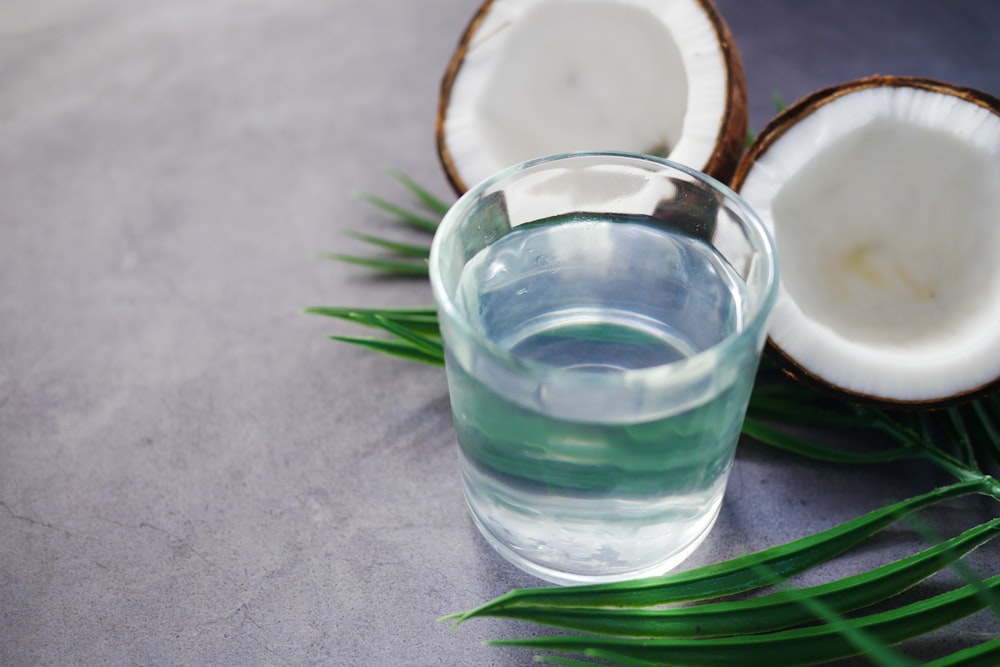Published 23:14 IST, June 1st 2024
Understanding these distinctions and following preventive advice can help manage and mitigate the risks associated with extreme heat.
Advertisement
As temperatures climb and heat wave warnings proliferate, understanding heat-related illnesses becomes crucial. With advice from the Ministry of Health, it's vital to differentiate between heat exhaustion, heat stroke, and heat cramps.
Heat Exhaustion vs Heat Stroke vs Heat Cramps
Heat exhaustion results from prolonged sun exposure, pushing body temperatures above 40 degrees Celsius. Symptoms include muscle cramps, dehydration, gastrointestinal issues, and electrolyte imbalances, all due to significant fluid loss.
Advertisement
Heat stroke, a more serious condition, requires urgent medical attention. It occurs when body temperatures exceed 40 degrees Celsius, causing unconsciousness, dizziness, slow speech, severe dehydration, and dark urine. In extreme cases, patients may lapse into a coma. Heat stroke can also induce heart arrhythmias as the body struggles to manage fluid loss.

Heat cramps, often a complication of heat exhaustion and stroke, involve painful muscle spasms, typically in the biceps and calf muscles. These are common among outdoor workers, schoolchildren, athletes, and the elderly.
Advertisement
Treatment and prevention
Those at high risk, including individuals with a BMI over 30, diabetics, and pregnant women, should seek immediate medical attention if experiencing heat stroke symptoms. Hospitalization and intravenous fluids are often necessary for recovery.
For heat exhaustion and cramps, increasing electrolyte intake is key. Foods such as coconut water, oral rehydration solutions, and potassium-rich bananas are recommended. Recovery generally takes six to eight hours with proper rest and hydration.
Advertisement

Preventive measures include wearing loose, light-coloured clothing, applying broad-spectrum SPF sunscreen, and avoiding direct sun exposure during peak hours (12 pm to 3 pm). Carrying a water bottle to maintain hydration is also essential.
Understanding these distinctions and following preventive advice can help manage and mitigate the risks associated with extreme heat.
Advertisement
23:14 IST, June 1st 2024